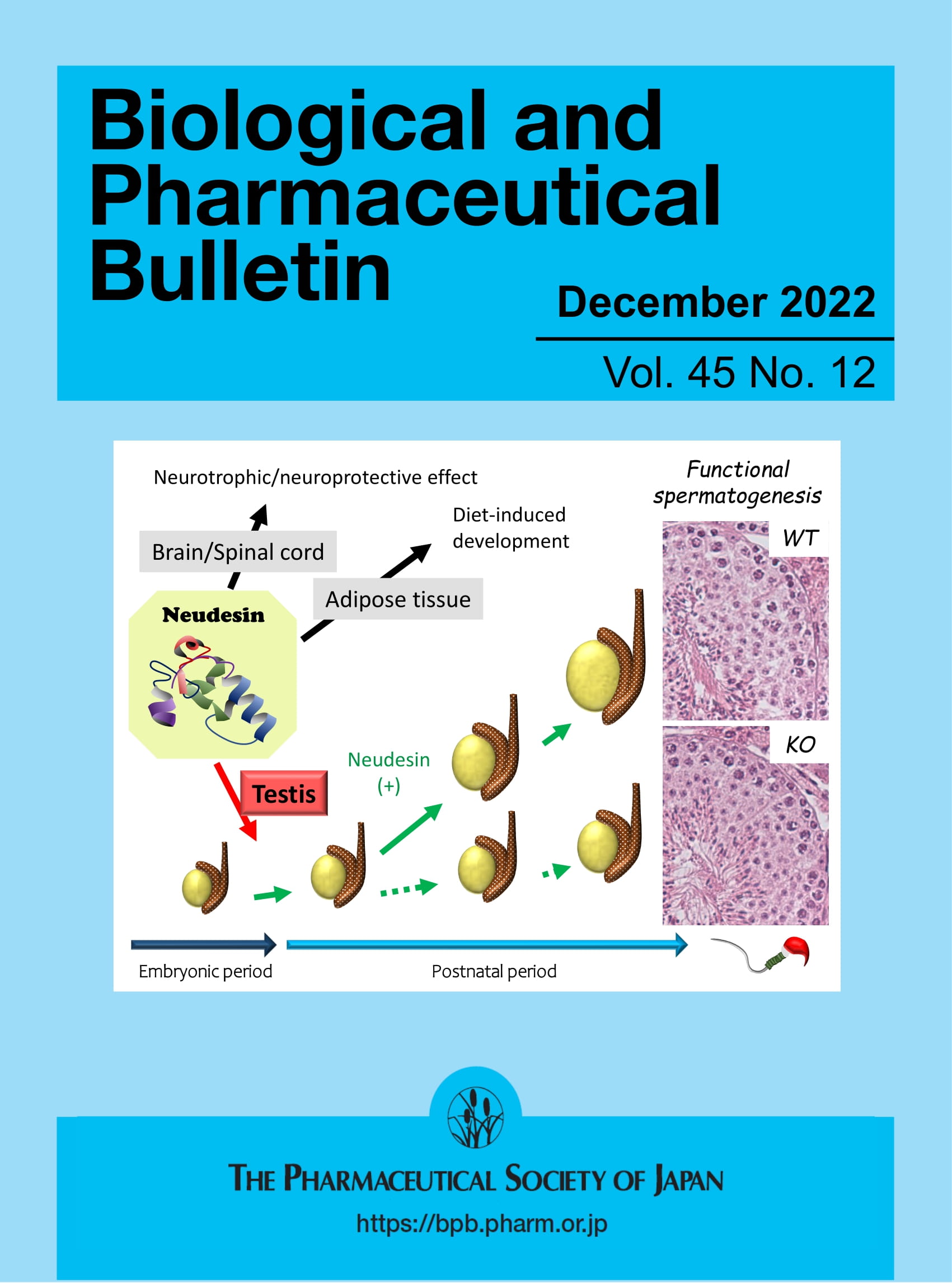Nanostructure-Dependent Signal Intensity in Through-Hole Porous Alumina Membranes for Mass Spectrometry Imaging
Abstract
Rationale
Matrix-assisted laser desorption/ionization (MALDI) is a widely used analytical technique for measuring high-molecular-weight compounds such as proteins. However, in the low-molecular-weight region, interference peaks derived from the matrix occur. Surface-assisted laser desorption/ionization (SALDI), which is matrix-free, does not generate background noise in the low-molecular-weight region and has the advantages of simple sample preparation and reproducibility. We previously developed an ionization method using an anodic porous alumina membrane (APAM) as a SALDI substrate. In this study, we examined the effects of the surface nanostructural properties of APAMs, such as hole diameter and pitch, on the signal intensity in mass spectrometry (MS) imaging.
Methods
APAMs were fabricated using electrolytes of oxalic, malonic, and malic acids and were evaluated by MS using droplet samples and MS imaging. Droplet samples were applied to the back surface of the APAMs. MS imaging was conducted using 20-μm-thick mouse brain sections to compare the signal-to-noise ratio (SNR) of each APAM.
Results
APAMs were fabricated with hole diameters (Dh) of 24–419 nm, interhole distances (Dint) of 100–625 nm, and open area ratios (OAR) of 5%–46%. From MS and MS imaging results, signal intensity at the same OAR increased in the order of Dint = 100, 625, and 270 nm, and the condition Dh/Dint = 131/270 nm provided the highest SNR. In addition, APAMs with a Dh of less than 84 nm and an OAR lower than 10% exhibited lower signal intensities.
Conclusions
We fabricated APAMs under various conditions and identified the processing conditions that provided the highest SNR of SALDI imaging. SALDI imaging using the APAMs fabricated under these high SNR conditions is expected to be applicable in various fields such as materials science and metabolomics, as it does not generate interference peaks in the low-molecular-weight region.


 求助内容:
求助内容: 应助结果提醒方式:
应助结果提醒方式:


